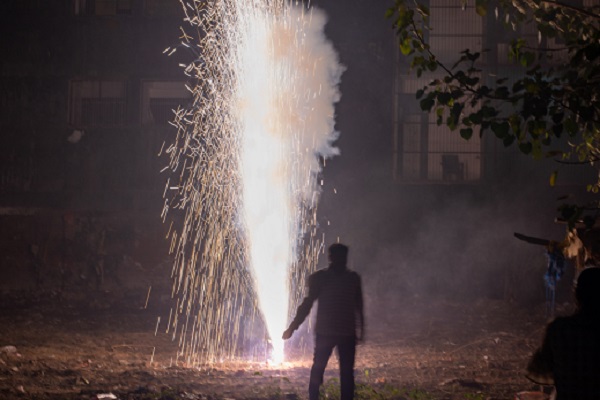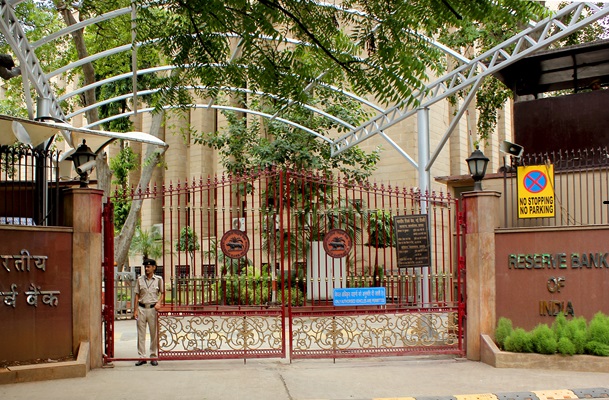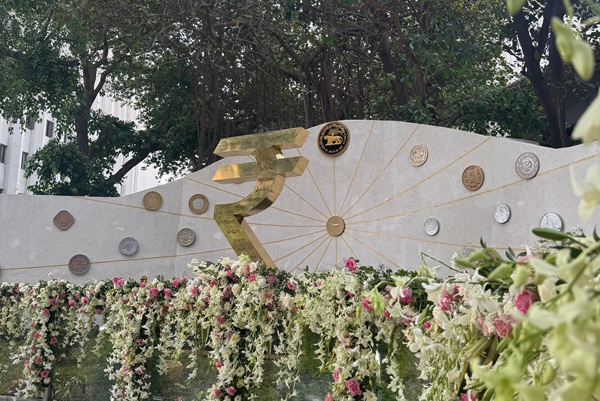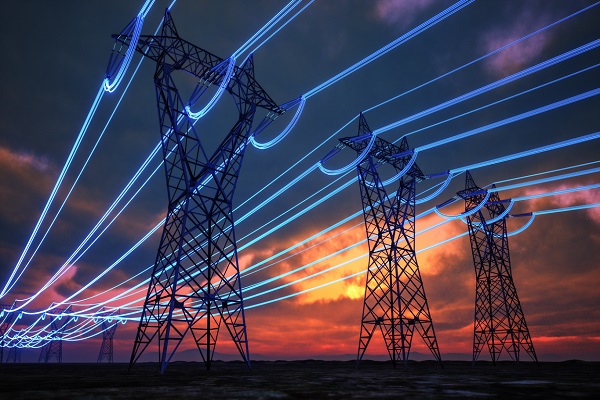.png)

T.K. Arun, ex-Economic Times editor, is a columnist known for incisive analysis of economic and policy matters.
October 22, 2025 at 3:31 AM IST
Diwali is no longer the gentle festival of lamps, gifting, good food and shared celebration. Diwali is a now a raging battleground of class aggression, in which the rich compete to show they are one up on their neighbours, bursting more copious amounts of crackers and setting off ever more spectacular fireworks. They have their hours of fun, and withdraw indoors to feast and party in rooms where air purifiers and air conditioners do double duty to scrub the air of the filth they have just injected into it.
At the beginning, let us address one question that occurs to people far removed from the national capital. The question occurred to Chief Justice Gavai, as well, while his bench heard a case on relaxing the firecracker ban in the National Capital Region. Don’t people across India deserve to be spared the pollution from firecrackers, he asked, and not just the people of Delhi.
What, indeed, is so special about Delhi that it needs to be protected from firecracker pollution while it is fine for the rest of the country to breathe in tonnes of particulate matter small enough to go into the lungs, penetrate the tissue of the alveoli and enter the bloodstream? The ideal answer is that the ban should apply across the land. The pragmatic answer is to allow an admissible trade-off between health and the enjoyment of fireworks in areas where such a trade-off is not toxic.
There are several factors that make Delhi different from most other parts of India in the matter of sensitivity to the noxious afterlife of Diwali pyrotechnics. One is density of population. Another is a high density of the well-heeled forever locked into a behavioural pattern of one-upmanship. But the overriding concern is the weather formation over Delhi in late October and early November which causes the air to be still, with very little wind, causing the pollution generated by the city to settle over the city, without being dissipated and distributed over a wide area beyond Delhi. Most years, Diwali also coincides with the time when farmers around Delhi plant their next crop and, to do that, clear the stubble on their fields left over by the previous crop by burning it.
If winds from Punjab and Haryana can bring the soot and other pollutants from crop burning to Delhi, why shouldn’t the same winds blow these away from Delhi, too? It is a logical question. But weather formations have their own logic. For most of the year, the winds from the West blow over Delhi and move past the city. But during a short spell, the Delhi air stands still. The city stews in the pollution load that combines locally generated pollution with that coming in from Punjab and Haryana. Diwali falls during this period, most years. This is why Delhi has a special sensitivity to Diwali.
Air pollution, in general, is bad. Particles measuring 2.5 microns or less across, particulate matter 2.5 (PM 2.5) is particularly harmful. It enters the bloodstream, reaches all tissue, adds to the tendency to develop cancer, and deposits itself on to scar tissue or plaque inside arteries, elevating their capacity to stop the flow of blood. If the artery in question happens to be any of the coronary arteries that supply blood to the heart, a blockage results in a heart attack.
Air pollution induces allergies, weakens lungs, trigger asthma and help the growth of chronic obstructive pulmonary disease (COPD). Air pollution affects the nervous system. Even short-term exposure impairs cognitive skills. An Institute of Economic Growth paper by three economists in 2022 reported that “a 1 µg/m3 increase in average PM2.5 concentrations in the past 12 months decreases the math performance by 10-16 percentage points and the reading performance by 7-9 percentage points. We also find that there is a significant fall in the combined age-standardised cognitive score. The results imply that the cost of air pollution in India is much higher than estimated, and a narrow focus on health-related outcomes understate the magnitude of negative impact of pollution, as mental acuity is essential for higher productivity of children.”
Air pollution has negative consequences for pregnancy as well. High levels of pollution are associated with a greater likelihood of pre-term births and low birthweight.
A study on the link between air quality and academic performance in the US found that poor quality depressed performance. No surprises there. But the study also found that poor air quality adversely affected girls and the minorities more than it affected the rest. This was surprising. Evidently, inequality and discrimination work to accentuate the ill-effects of pollution on cognitive performance for the disadvantaged.
There can be little doubt that, in India, the poor are the worst affected by polluted air. The rich shelter themselves, while at home, at least, by means of air purifiers and air conditioners, and, in general, by consuming superior foods that offer better protection against harm.
So, when the rich have fun with heavy use of fireworks, their fun comes at the expense of the health of the poor, and worse, by damaging the cognitive development of the young, and inter-generational equity. Those fleeting hours of fun for the well-off also impact the productivity of the nation’s working population, and crimp overall output.
How about the notion firecracker restrictions seek to repress the exuberance of a Hindu festival? The idea is ridiculous. There is nothing Hindu about fireworks. Fireworks came to India from China in the medieval period, when large parts of India were under Muslim rule. The Court and the nobility were the first to amuse themselves with fireworks, and use these to project power and grandeur, especially during special celebrations. This habit was borrowed by well-off Hindus later. Eid is celebrated with fireworks in many places in India. Grand displays of pyrotechnics accompany the celebration of Eid in Dubai, Qatar, Lebanon, Tehran and Malaysia. Church festivals in Kerala are accompanied by fireworks.
The majority of the people harmed by air pollution are Hindus. Restricting fireworks is to protect the vulnerable, to protect Hindus. The tussle over fireworks is not between a secular elite and traditional Hindus, but between the rich, who can insulate themselves from the pollution they spew into the atmosphere with their celebrations, and the poor, who cannot.
Fireworks did no major harm when the population was small and the proportion of the population who could afford to spend big on fireworks was smaller. In 1901, the population of British India, comprising, besides today’s India, the areas of today’s Bangladesh and Pakistan, was less than 30 crore. India today is a quarter smaller in area and five times as large in population. Size matters. What was harmless then is fatal today, parallel to the difference between a garden lizard and Tyrannosaurus Rex.
Krishna danced on the heads of Kaliya, the many-headed snake that was polluting the Yamuna near Vrindavan, making it cough up and discharge its venom. Today, Kaliya is dancing on the heads of the poor, raining poison on their lives. Should Krishna worshippers applaud?




